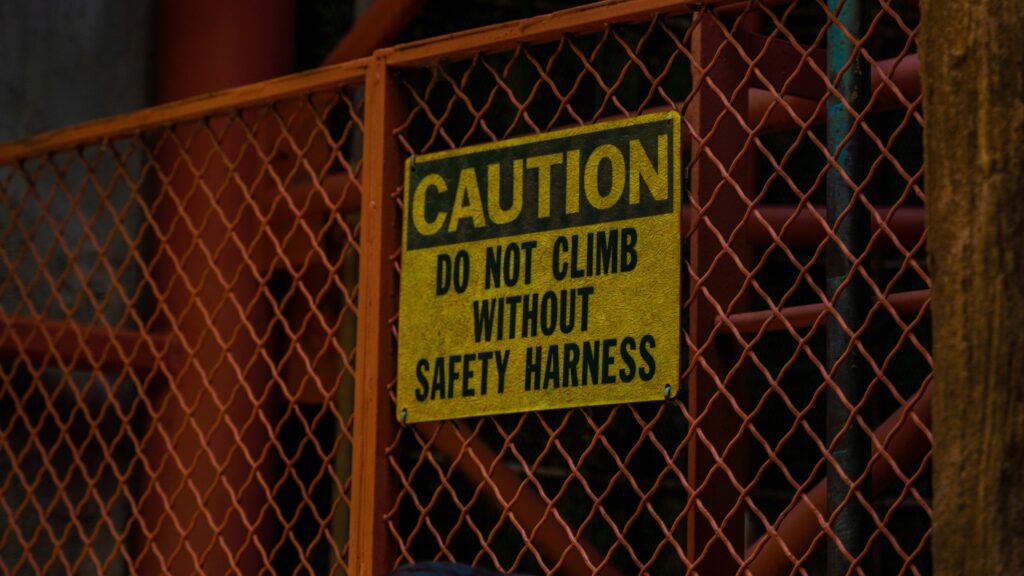Introduction
When companies think about productivity loss, they often blame slow processes, equipment downtime, or low employee motivation. Rarely does noise make it to the list of productivity killers. Yet, workplace noise hazards don’t just damage hearing—they drain energy, cause errors, and slow down workflow.
From bustling factory floors to noisy open-plan offices, excessive sound disrupts focus and increases mistakes. For businesses, this means lower output, more rework, higher safety risks, and even financial losses. It’s time businesses recognize the profound impact that noise can have on their workforce and bottom line.
The Link Between Noise and Productivity
Noise interferes with a worker’s ability to concentrate and process information, leading to significant losses in productivity. The brain’s limited mental resources must be divided between the task at hand and filtering out background noise, which ultimately hampers performance. Here’s how noise affects productivity:
1. Cognitive Load Increases
The brain has to work harder to filter out distracting background noise, leaving fewer mental resources for the actual task. This cognitive overload can result in workers making more mistakes, missing key details, or being slower in decision-making.
2. Communication Breakdowns
In noisy environments, miscommunication is common. Employees may mishear instructions or fail to understand critical details, leading to errors, delays, or even accidents. In environments like construction sites or manufacturing plants, these miscommunications can be the difference between smooth operations and costly mishaps.
3. Fatigue Sets in Faster
Constant exposure to noise can lead to fatigue. Noise has been shown to increase stress levels and make workers feel more tired, even after a relatively short period. This diminished energy lowers efficiency and slows the pace of work, as fatigued workers are less productive and more likely to make errors.
A study by the University of California, Irvine found that workers exposed to high noise levels had up to 66% more errors than those in quieter environments, showcasing the direct impact of noise on both accuracy and speed.
The Health-Productivity Connection
Noise hazards not only affect productivity but also have a direct impact on worker health, which in turn affects performance. Here are some of the key health impacts of excessive noise exposure:
1. Hearing Loss
Chronic exposure to loud noise can cause permanent hearing loss, making it harder for workers to follow verbal instructions and collaborate with colleagues. This is especially problematic in industries like construction or manufacturing, where workers rely heavily on communication.
2. Tinnitus
Tinnitus, a condition caused by prolonged exposure to loud noise, results in ringing or buzzing sounds in the ears, causing significant distraction and stress. This can lead to lower work output, decreased focus, and increased levels of mental fatigue.
3. Stress and Fatigue
Persistent exposure to noise leads to chronic stress, which negatively affects decision-making abilities and reaction times. This can result in slower work and poor judgment, increasing the likelihood of errors, accidents, or accidents in the workplace.
4. Sleep Disruption
Noisy environments also disrupt sleep patterns, leading to insomnia or poor-quality sleep. Workers who are sleep-deprived exhibit reduced alertness, poor memory, and slower reaction times, all of which hinder productivity and increase the risk of accidents.
Industries Where Noise Hurts Productivity the Most
Some industries are more vulnerable to the negative effects of noise than others. Here are a few examples of sectors where noise severely impacts productivity:
1. Manufacturing
Miscommunication on production lines due to high levels of machinery noise can lead to defects in products, delays, and additional rework. Factory workers exposed to loud machines are at higher risk for both hearing loss and productivity loss.
2. Construction
Loud tools and equipment, such as drills, jackhammers, and power saws, make safety briefings and instructions hard to hear. Workers may miss critical information or be unable to communicate effectively during critical moments, resulting in errors or accidents on the job.
3. Transport & Logistics
In industries like trucking or rail, operators may miss radio calls or warning signals due to loud engine noise or environmental sounds. This increases the risk of safety incidents and delays in shipments, impacting both productivity and safety.
4. Hospitality
Loud kitchens and busy venues can negatively affect coordination between staff. In a restaurant or bar setting, noisy environments may lead to miscommunications, causing slower service and potentially affecting customer satisfaction.
5. Open-Plan Offices
Background chatter, phone calls, and constant movement can significantly lower concentration in open-plan offices. Studies show that employees in noisy office environments are less productive, make more errors, and experience higher levels of stress.
Business Costs of Ignoring Noise Hazards
Ignoring noise hazards can result in a range of business costs beyond the immediate effects on productivity:
1. Increased Accident Rates
Noise can mask warning alarms and shouted warnings, leading to accidents and injuries. In construction sites, factories, or warehouses, workers may not hear alarms or verbal warnings, increasing the likelihood of accidents.
2. Lower Work Quality
More mistakes mean more rework and waste. For example, workers in noisy environments may miss small details, leading to poor-quality work, redoing tasks, or producing defective products.
3. High Staff Turnover
Noise pollution in the workplace leads to low morale and stress, which often causes employees to leave for quieter jobs. High turnover results in recruitment costs, training new staff, and disruption in operations.
4. Legal Penalties
Failing to comply with OSHA noise standards or similar regulations can result in substantial fines. Non-compliance may also lead to legal action from employees or safety audits by regulatory authorities.
5. Increased Insurance Claims
Hearing loss claims are costly, with compensation amounts potentially exceeding thousands per employee. This drives up insurance premiums, making it more expensive to run the business.
How Businesses Can Control Noise and Boost Productivity
Implementing effective noise control measures can drastically reduce the negative effects of noise on productivity and worker health. Here are some strategies businesses can adopt:
1. Engineering Solutions
Install acoustic barriers and soundproof panels to reduce noise levels from machines or industrial areas.
Replace outdated machines with quieter models to minimize noise emissions.
Add sound-absorbing materials (e.g., carpets, acoustic tiles) to walls, ceilings, and floors to improve sound quality in the workplace.
2. Administrative Controls
Schedule noisy work during non-peak hours to minimize disruption.
Rotate staff between noisy and quieter areas to reduce prolonged exposure.
Limit overtime in high-noise areas to prevent fatigue and overexposure.
3. Provide PPE
Ensure all workers have access to comfortable and effective ear protection, such as earplugs or earmuffs, especially in noisy environments like factories and construction sites.
4. Training and Awareness
Educate employees on recognizing noise hazards and the importance of wearing PPE.
Encourage early reporting of hearing issues and other health concerns related to noise exposure.
Conclusion
Noise hazards are not just a health concern—they’re a business performance issue. A noisy workplace leads to more mistakes, higher stress, and slower operations, all of which negatively impact productivity. For companies, controlling noise is an investment in both safety and productivity.
By implementing noise control measures and complying with OSHA standards, businesses can protect hearing, improve efficiency, and strengthen their bottom line. A quieter workplace is a safer, healthier, and more profitable one.


